
Sansevieria cylindrica Balcone Fiorito Il blog del Giardinaggio
Basic Facts If you have never seen a braided Sansevieria cylindrica plant, then now it's your lucky time! They are unique, simple, yet so beautiful plants! This plant goes by many names including Dracaena angolensis, African spear, spear sansevieria, cylindrical snake plant, or in Brazil Saint Bárbara sword.
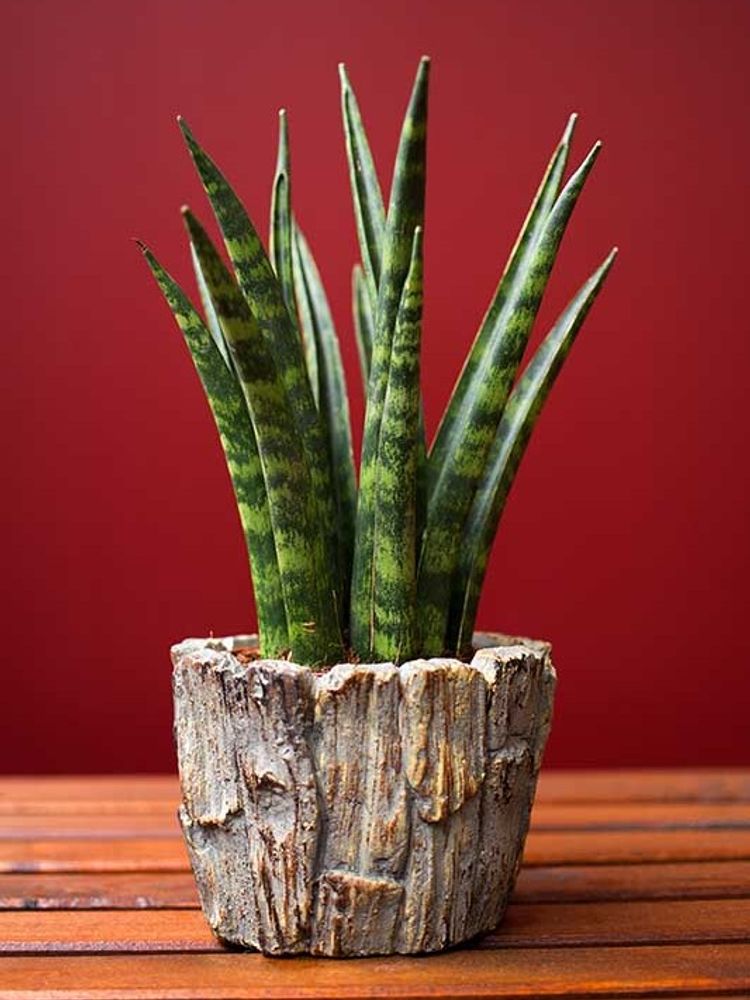
Sansevieria Trifasciata Cylindrica care, images and videos
Sansevieria Cylindrica Background. These plants has many common names, including the African spear plant, bowstring hemp, and the cylindrical snake plant. Native to the hot, dry climates of central Africa, the African Spear Sansevieria is classified as an evergreen perennial succulent. They are easily identifiable by their fleshy, thick leaves.

10" Cylindrica Fan Sansevieria Flowers Talk Tivoli
Sansevieria cylindrica, also known as cylindrical snake plant or African spear plant, is a succulent naturally found in Southern Africa. The genus Sansevieria (snake plants) are appreciated for their hardiness, low light requirements and easy care and this is no different for Sansevieria cylindrica.This, combined with its decorative spikey appearance, makes it a great choice for both beginners.
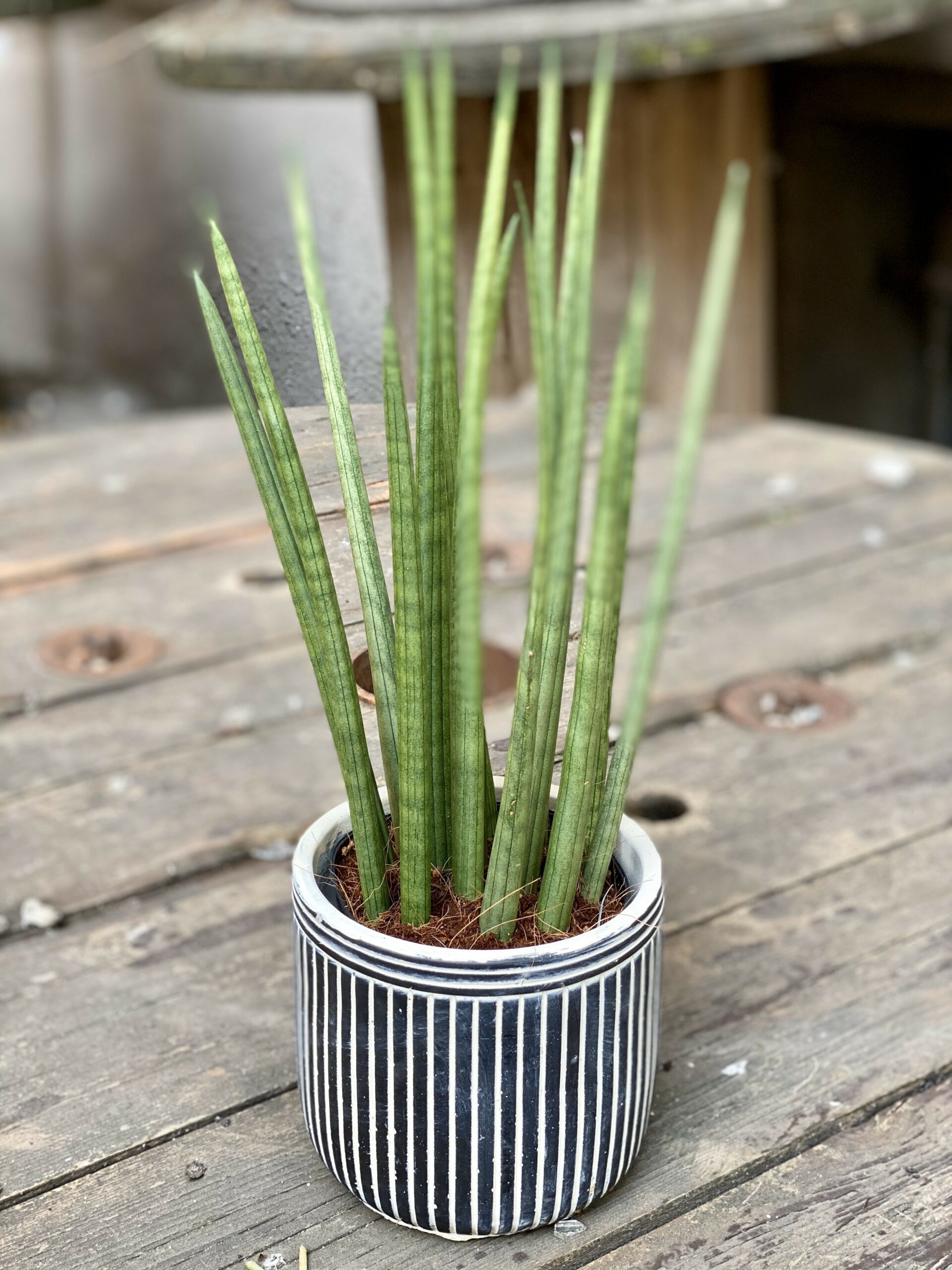
Sansevieria Cylindrica Jungle Boogie
Description. Dracaena angolensis, formerly known as Sansevieria cylindrica, is a rhizomatous succulent with stiff subcylindrical green-gray leaves that alternate to form a fan-like shape. The leaves are up to 5 feet (1.5 m) tall, up to 1.2 inches (3 cm) in diameter, and taper to a sharp point. They are grey-green with horizontal dark green stripes.

Sansevieria cylindrica 'Starfish' 4" in 2021 Sansevieria cylindrica
Water and Humidity. If the cylindrica has one weakness, it is overwatering. During the growing season, water it about once every two weeks. Be sure to water the soil and not the leaves. If the base of the stalks becomes yellow or swollen, it means you have overwatered.
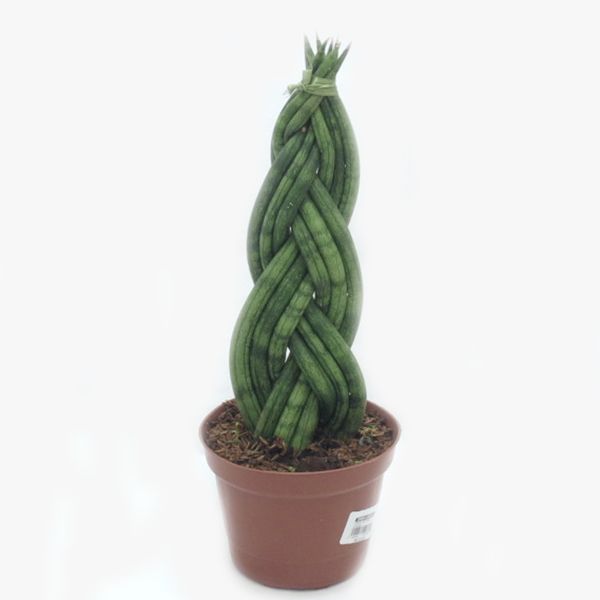
LANÇA DE SÃO TRANÇADA SANSEVIERIA CYLINDRICA Muda ArtDiver
Fertilizing Your Plant. When it comes to Sansevieria cylindrica care, it is a light feeder. Keeping your greenery happy helps to provide them with organic nutritional soil. You can use a half-strength diluted succulent fertilizer (10-10-10). Also, stop feeding your plant in the winter months.
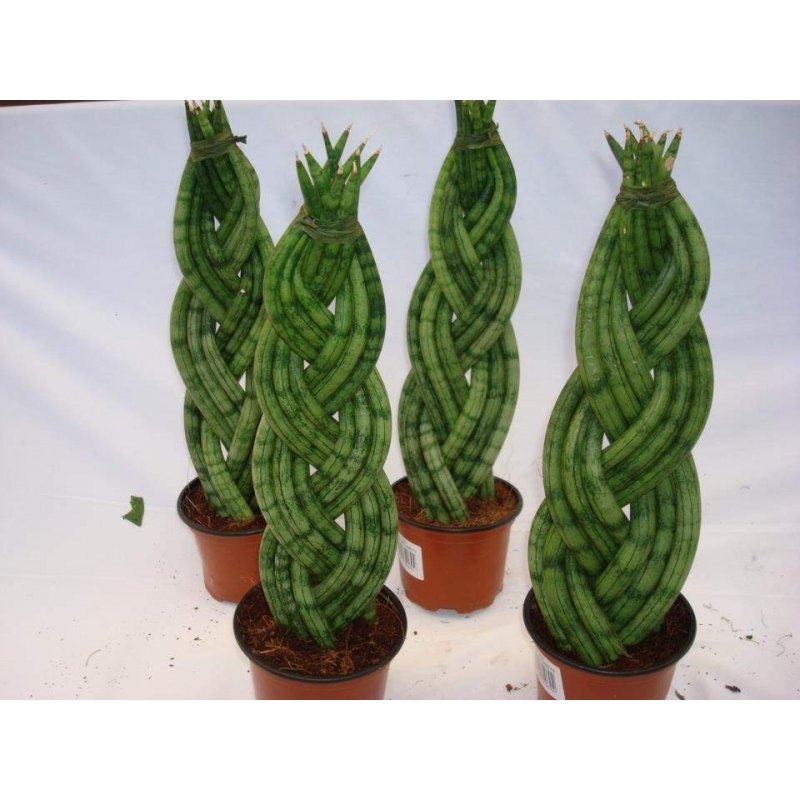
Sansevéria cylindrica trançada Plantas artificiais Terrário
The Sansevieria Tornado, a plant that hails from the West African region, is a popular houseplant that is known for its unique cylindrical shape and striking green foliage. This plant, also known as Sansevieria cylindrica 'Boncel', is a great addition to any indoor space due to its aesthetic appeal.

Sansevieria Cylindrica Red Square Flowers
By Andrew Pete March 5, 2022 Sansevieria Cylindrica (syn. Dracaena angolensis) is also known as the African Spear Plant, Cylindrical Snake Plant, Spear Sansevieria. This is one of the most popular plants in the world and is loved by beginners, experts, and green thumb gardeners.
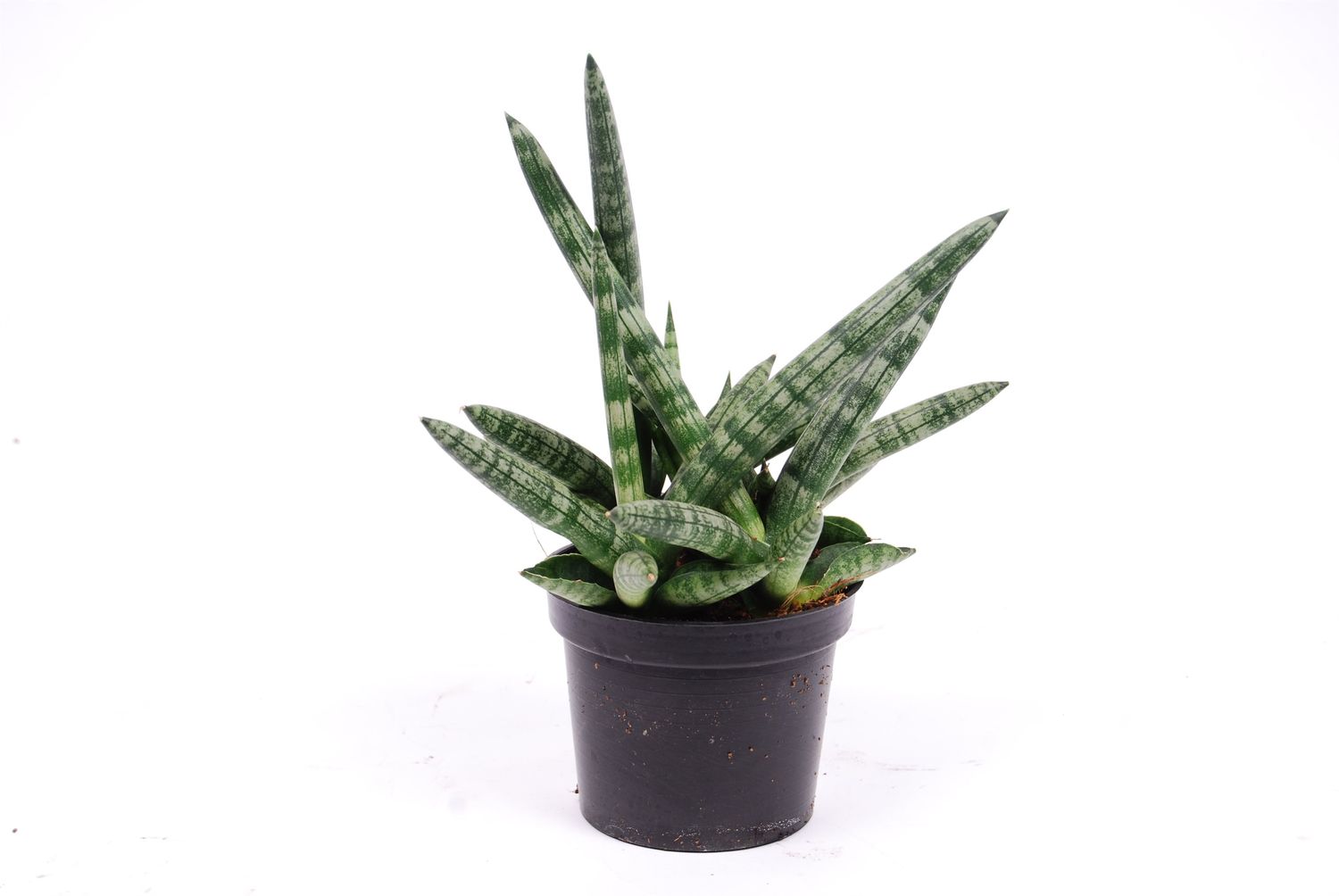
Sansevieria cylindrica 'Skyline' — Plantegrossist FlorAccess
In addition, Sansevieria cylindrica/African Spear tends to be happy in fairly warm temperatures. You should probably keep it in a room that's 60-73 degrees or warmer. It might stay happy in temperatures as low as 50 degrees but that can only last for short periods of time. Hot and dry climates are usually the best.
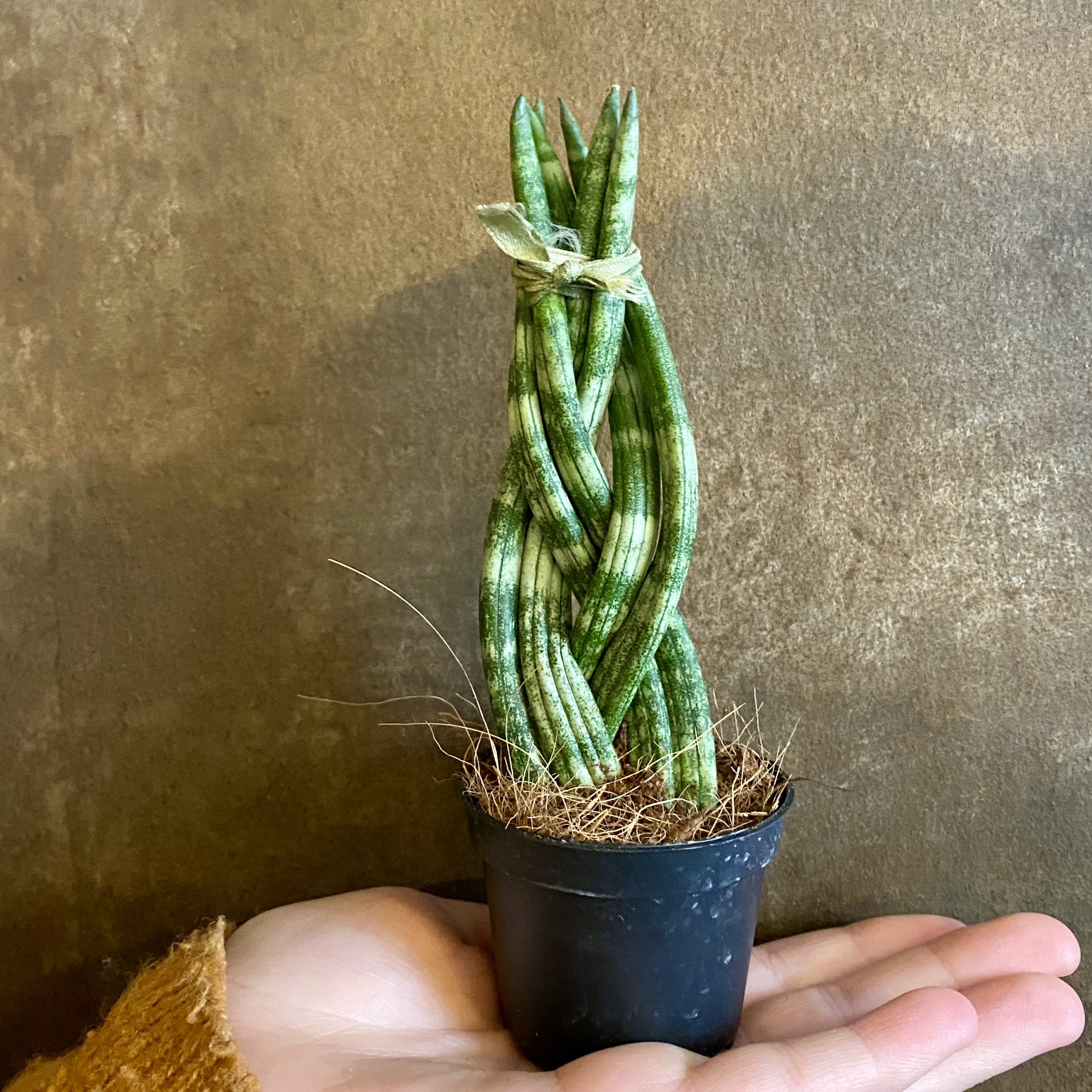
Sansevieria cylindrica (braided) grow urban.
Sonya Harris In This Article Care Varieties The African spear plant ( Sansevieria cylindrica ), also known as the cylindrical snake plant, is a succulent that consists of upright, gray-green, subtly striped leaves. The leaves are cylindrical in shape but narrow to a point at their tips.

Sansevieria cylindrica cuidados Guía completa
Sansevieria Cylindrica (Dracaena Angolensis), commonly known as African Spear, Cylindrical Snake Plant, Spear Sansevieria, or Saint Bárbara Sword in Brazil, is an evergreen perennial native to Angola. What makes these curious-looking succulents interesting is their distinct, round-shaped leaves that grow from a basal rosette.
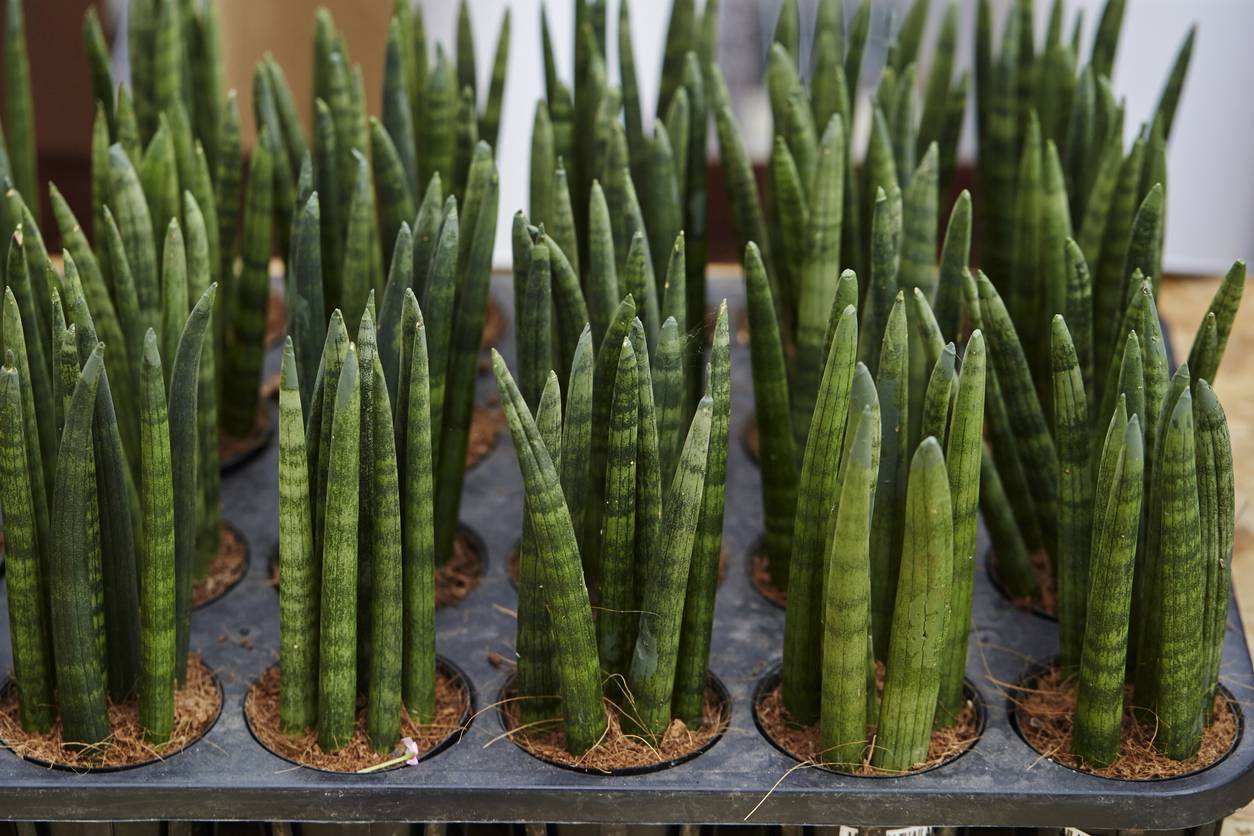
Sansevieria Cylindrica Care How to Grow & Care For The Cylindrical
Sansevieria Cylindrica is a succulent plant that has dark green-gray and smooth subcylindrical leaves. Each leaf can reach up to 7 feet (2.1 meters) in height and 1.2 inches (3 cm) in diameter. It is considered to be a slow-growing succulent, forming a few rosettes from underground rhizomes with at least 3 leaves each.

Sansevieria cylindrica Set of three different styles in 9cm pot
Sansevieria cylindrica is a succulent plant that is native to Angola. It is also known as African Spear plant. The interesting part about Sansevieria cylindrica is that it has adapted to dry, arid regions by having cylindrically shaped leaves. This reduces the surface area of the leaves and allows it to survive harsher and drier conditions.

Sansevieria cylindrica How to grow & care
Naturally found in arid Angola, this species has long been a favorite among houseplant collectors not just because of its good looks, but also because it's incredibly sturdy and easy to grow (just like its distant cousin, Aspidistra eliator ). Sansevieria can tolerate low-light conditions and less-than-ideal care.

Sansevieria cylindrica Intenso de flores
The Sansevieria cylindrica Fan, also referred to as the African spear or cylindrical snake plant, is a highly sought-after houseplant that hails from the West African region. This plant belongs to the Asparagaceae family and is renowned for its one-of-a-kind cylindrical leaves that grow in an upright manner. The Sansevieria cylindrica Fan is a plant that requires minimal maintenance, making it.

Sansevieria cylindrica Torch Jungle Boogie
How to grow Sansevieria cylindrica Dracaena cylindrica is easy to grow and needs very little attention. Its spear-like foliage stands tall and makes a striking foil for more lush-leaved plants. If you're lucky, a flower spike may appear from the base of the plant, covered in tiny white blooms. Where to grow Sansevieria cylindrica